Electrical Engineering (1st)
These projects are at the midpoint of a two-semester sequence. They are not complete.
E1.01 Dual-Use Wideband Microphone Array
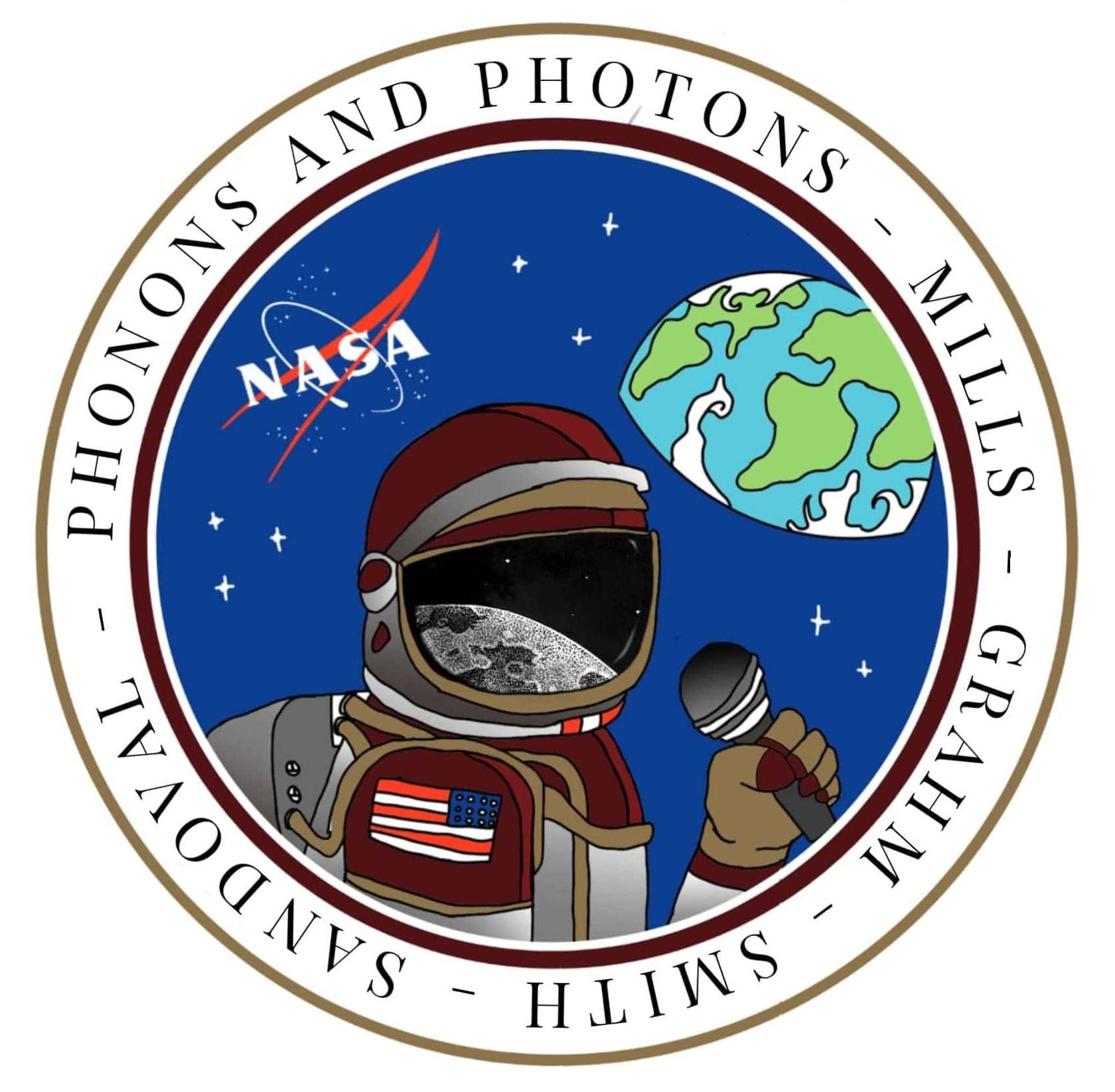
Sponsor: NASA - TSGC
Student Team: Seth Mills, Antonio Grahm, Jerman Sandoval, Evan Smith
Faculty Advisor: Dr. Rich Compeau
Our project is a proof-of-concept, dual-use, wideband microphone array system capable of detecting both speech and ultrasonic frequencies such as an air leak. The arrays will consist of MEMS (micro-electromechanical system) microphones that, upon detection of speech, will transmit the signal to an external speaker. When the system detects an ultrasonic frequency, communications will be silenced and the personnel will be alerted of the potential issue through audible and visual cues.
E1.02 Orangebreaker
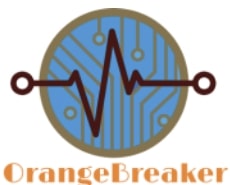
Sponsor: Ingram School of Engineering
Student Team: Kendel Eckhart, Eduardo Camara-Hidalgo, Zach Parker, & Logan Ridge
Faculty Advisor: Dr. Rich Compeau
Guitar players often use stomp box effects pedals to shape their tone. Our two-in-one stomp box effect pedal combines the circuits based on the Marshall Bluesbreaker and Dan Armstrong Orange Squeezer Compressor into a single package. The Bluesbreaker is an op-amp based distortion effect while the Orange Squeezer is a transistor-based limiter effect. The Bluesbreaker external controls affect the output gain, tone, and volume of the signal while the Orange Squeezer restricts control to the output volume of the signal. Our design will allow users to select whether both effects are on, if one effect is bypassed, or if both effects are bypassed.
E1.03 Stompbox Effects Pedal "Orange Sunshine"

Sponsor: Ingram School of Engineering
Student Team: Andreas Sims, Bennett McRae, Rex Davis
Faculty Advisor: Dr. Rich Compeau
Our product is a “stompbox” guitar effect pedal which will combine the compression effect of the Dan Armstrong Orange Squeezer and the overdrive distortion effect of the DOD Overdrive Preamp 250 into a single enclosure. The pedal will not only feature the convenience of a single enclosure but will allow true bypass on-off control of each effect, along with controls for adjusting volume, tone, effect level, etc., all powered by either 9V battery or plug-in AC adapter.
E1.04 Fire-Bot
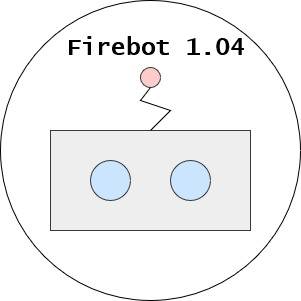
Sponsor: Translational Health Research Center
Student Team: Erich Ellsworth, Jaxon Castillo, Tanner Ivey, Aidan McSpadden
Faculty Advisor: Dr. Damian Valles
This project will serve as an upgrade for the existing Fire-Bot. The upgrades include a long-range radio system for telemetry, 3D LIDAR support for enhanced obstacle detection, direction aware scream detection, and a smart suspension system to assist in navigating uneven terrain. These integrated systems will improve Fire-Bot’s ability to navigate dangerous environments, aiding firefighters in critical situations.
E1.05 Flextivity

Sponsor: Ingram School of Engineering
Student Team: Sarah Gonzales, Chris Martinez, Megan West, Rick White
Faculty Advisor: Dr. Rich Compeau
Research in flexible electronics enables development of technology that is more adaptable for future innovations. Our project is a cyclic bending apparatus that bends conductive materials printed on flexible substrates. It will bend the sample in a tension or compression manner, measure the resistance of the sample, and output the calculated real time resistivity. This will allow for characterization of mechanical and electrical properties of flexible electronic materials.
E1.06 Field Mill
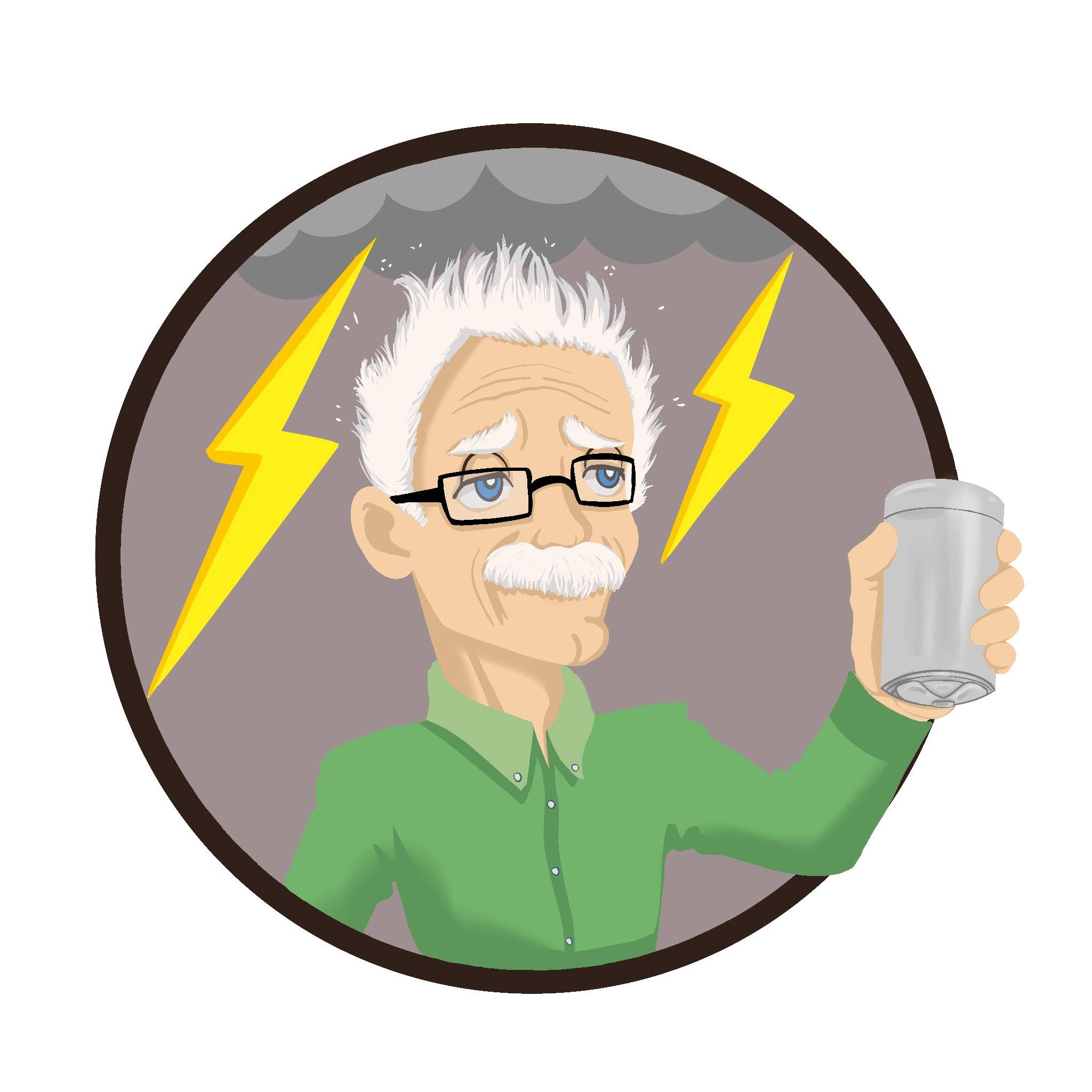
Sponsor: Ingram School of Engineering
Student Team: Cale Floyd, Jeff Kaczmarek, Ryan Haugstad, Joshua Reyes
Faculty Advisor: Dr. Rich Compeau
Our project is a high efficiency Field Mill to measure the electrostatic field from the atmosphere and wirelessly transmit it back to a PC in a easily discernible graph. Field Mills are used to predict lightning in a general area. While not a guarantee, before lightning strikes there is typically a change in the atmospheric electrostatic field. These products are used to safeguard outdoor applications of all kinds, from rocket launches to construction to combustible material activities.
E1.07 Robo-Fetch - "Eggsplorer"
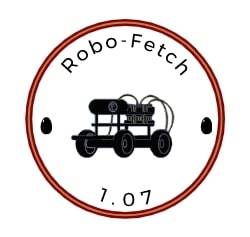
Sponsor: Ingram School of Engineering
Student Team: Christian Perez, Jodie Barnes, Bryce Perryman, Nick Soto
Faculty Advisor: Mr. Liam Quinn
Our project, the 'Eggsplorer,' is an autonomous robotic car that will have the capability to locate, distinguish, grab, and return certain colored eggs within a playing field. The robot will utilize various sensors to ensure that the correct eggs have been selected, properly picked up, and that the car does not leave the playing area. While achieving all of these features, the final Bill of Materials beyond the provided chassis and gripper cannot exceed $40.
E1.08 Humpty Dumpty's White Knights

Sponsor: Ingram School of Engineering
Student Team: Weston Dilling, Juan Castillo, Riley Duncan, Mohamad Chikhani
Faculty Advisor: Mr. Liam Quinn
This robot will be able to autonomously retrieve eggs of a specified color within an arena and return them to another designated region within the arena. The bot will need to be able to retrieve a single egg and multiple eggs of one color in a field of multiple colored eggs. This will be achieved with an array of sensors and a gripper device.
E1.09 Robo-Fetch
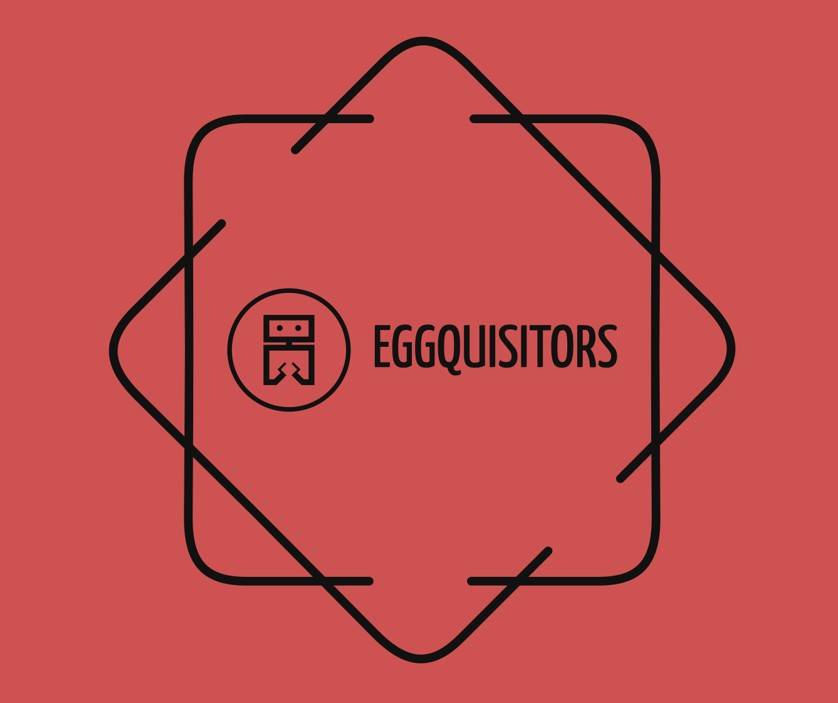
Sponsor: Ingram School of Engineering
Student Team: David Sharp, Artemio Reyes, Cristian Gutierrez, Ahmed Ogunjobi
Faculty Advisor: Mr. Mark Welker
Our project centers around an autonomous bot specialized in three egg retrieval challenges. Equipped with cameras and sensors, the bot adeptly identifies egg color and location, enabling precise navigation within specified boundaries. Using a gripper, it retrieves the targeted egg and safely returns it to the initial location, showcasing a controlled and meticulous operation.
E1.10 Eggstraction Bot

Sponsor: Ingram School of Engineering
Student Team: Hunter Chopskie, Jake Helpinstill, Carson Holland, Aaron Luna
Faculty Advisor: Mr. Jeffrey Stevens
Our product is an autonomous robot car that will navigate a field independently to locate and transport plastic eggs to a designated area. The robot will navigate a grey foam field using an array of sensors to locate the eggs while staying inside the defined black border. The robot will locate an egg, move towards it, pick it up with a gripper attachment, and carry it to the designated area.